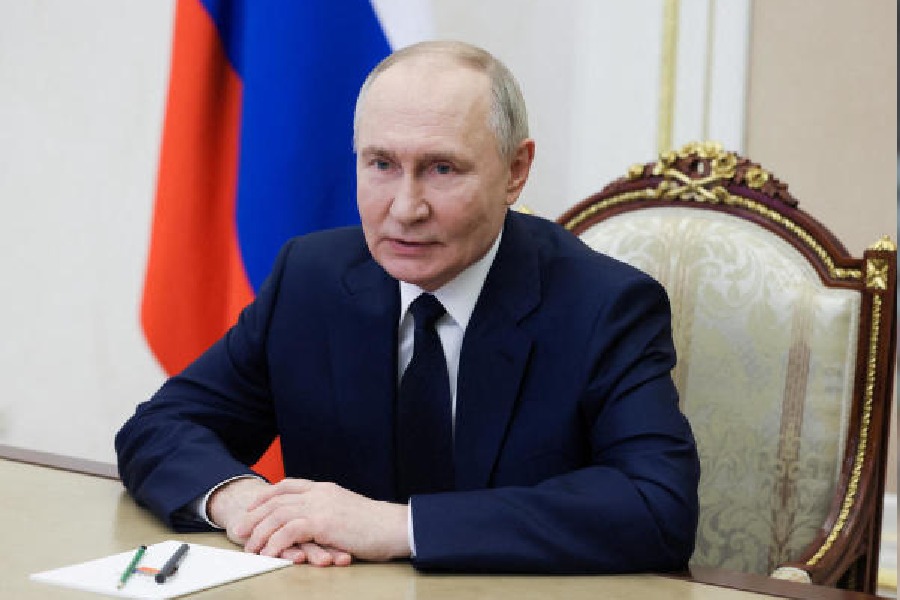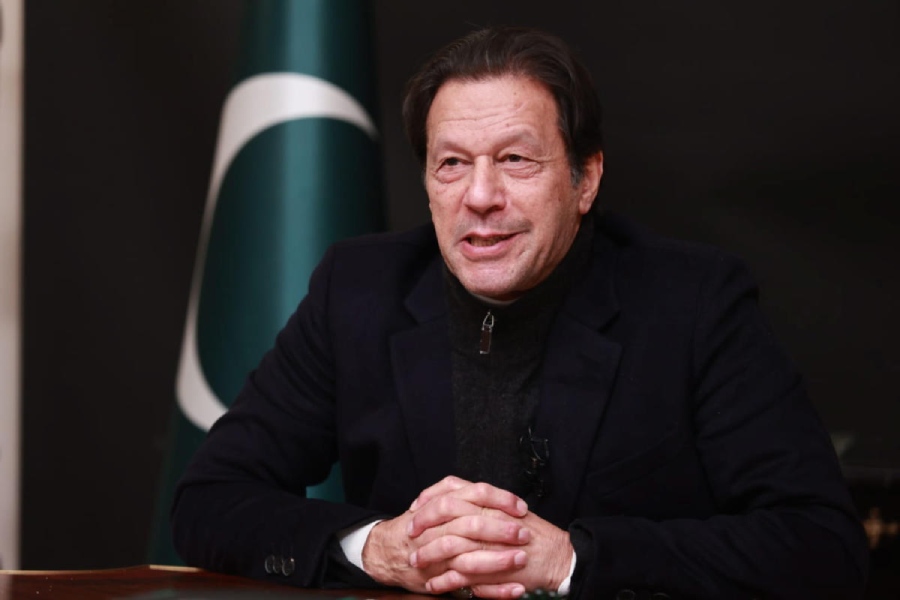Replacing Russian barrels under pressure from the US may appear feasible on paper but the switch on ground will be fraught with many challenges on the logistical, commercial and political front.
Russia’s Ural crude, being available at a discount of $3 a barrel, accounts for about 30-35 per cent of India’s requirement as of Wednesday with no visible signs of let up till now. India’s purchase stands highest since June at 1.8 million barrels per day (BPD), data accessed by market intelligence firm Kpler showed.
Going forward, there is a further upside potential for deeper discounts: a portion of Russian refining capacity remains offline following Ukrainian drone strikes, freeing up more crude for exports.
India has been stocking up on Russian crude since the beginning of the Ukraine war in 2022. Since then, Indian refineries have shaped their configuration with Russian crude in consideration. Moreover, contracts and shipping have also been aligned to that trade.
A sudden wind down, as alluded by US President Donald Trump at a White House briefing on Wednesday evening (Thursday morning India time) would mean renegotiating contracts and reconfiguring the refinery.
More importantly, India’s oil purchase bill will also go up with costlier alternatives, putting further strain on the balance of payments, forex reserves and the rupee.
“India is unlikely to meaningfully reduce Russian crude imports in the near term. Russia will remain the central pillar of India’s crude sourcing strategy as the economics remain too compelling to ignore.
“Refiners continue to diversify volumes incrementally from West Asia, Latin America and the US, but this diversification is driven more by operational flexibility and arbitrage opportunities,” Sumit Ritolia, lead research analyst with Kpler, said.
Trump suggested that India’s purchase will not stop “immediately” since it is a “process” but insisted that the process has started.
One of the crucial elements in the process is the transportation via shipping links. Supply contracts are usually locked 6-10 weeks before the arrival of tankers on the Indian shore. Rewiring that would take time.
Reuters reported that Indian refiners are preparing to shift away from Russian oil, with a drop in purchases possible from December given orders for November have already been placed.
However, the diversification appears to be more as a ploy for flexibility not replacement of Russian barrels. For instance, India’s purchase of US crude has significantly jumped in the month of October (see chart) as the Modi government devises ways to placate Trump by closing the bilateral trade gap with the US.
Also, the Modi government may find it politically unpalatable to wind down Russian crude altogether after building a narrative that it is in the national interest to buy cheap oil.
Finance minister Nirmala Sitharaman last month said it would be India’s decision to buy from the place that suits the nation, stressing that it is the biggest component of forex spent. “So we will undoubtedly be buying,” Sitharaman had said.











